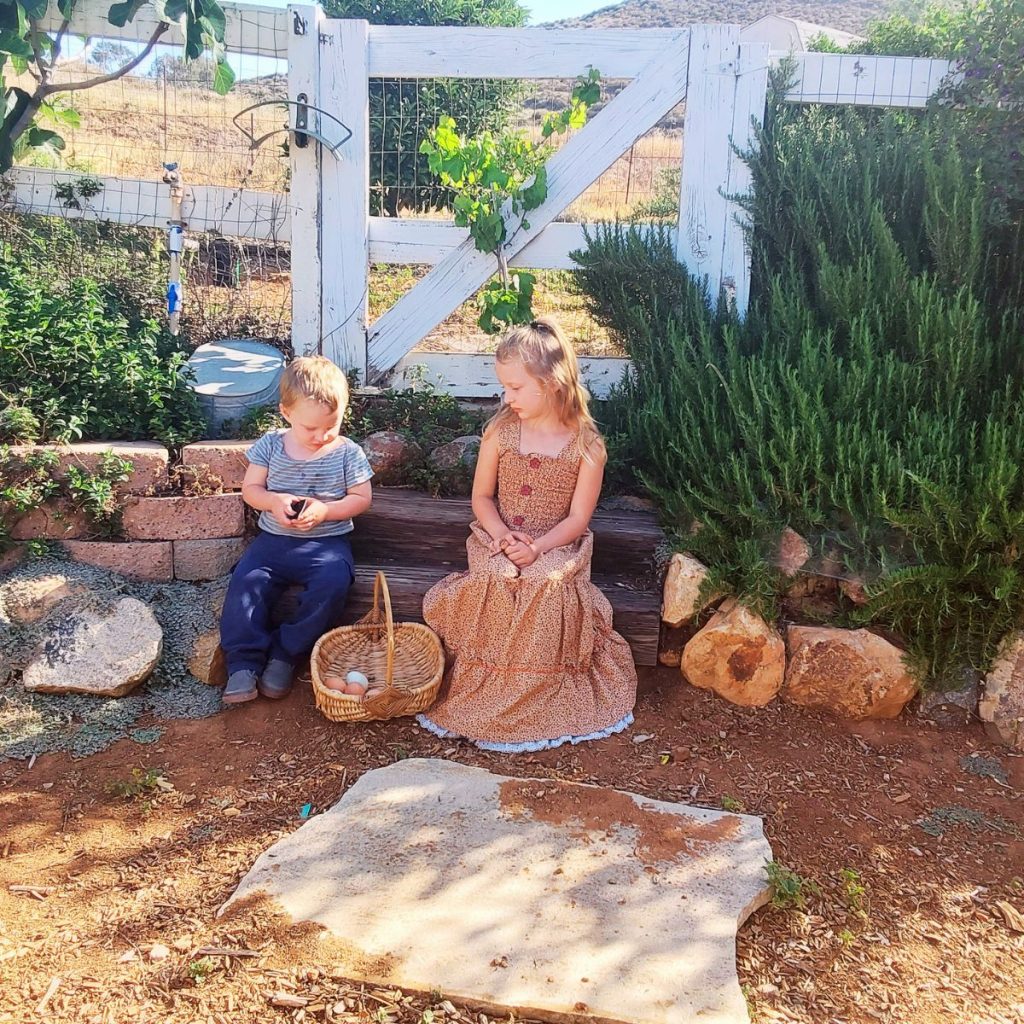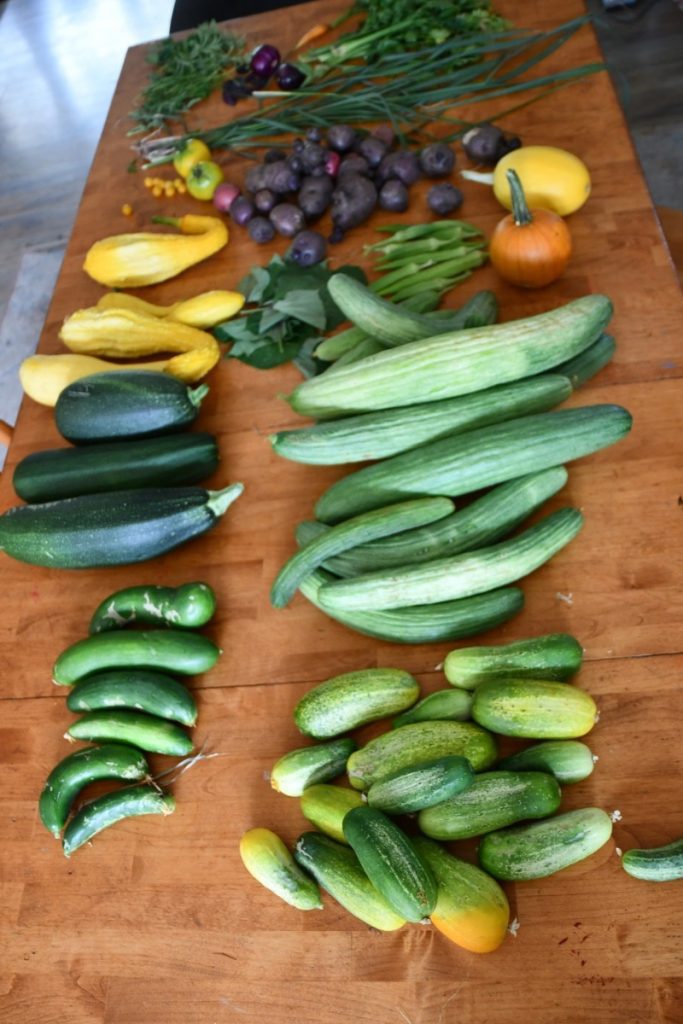
Farming God’s Way has been a valuable method for our family, guiding us through the challenges of starting a garden on our rocky California clay land. While we’ve found great success with this approach, our journey has also been one of adaptation, learning to balance the demands of gardening with the realities of life. In this review, I’ll share our experiences with Farming God’s Way, how we’ve made it work for us, and the lessons we’ve learned along the way.

Getting Started: Challenges and Successes on Rocky Soil
When we first started using Farming God’s Way, the rocky California clay soil was a significant challenge. Preparing the land was tough, but the principles of minimal soil disturbance and using a protective blanket of mulch helped us manage it. We created raised beds about 10 inches high, which made it easier to grow a variety of crops, even when I couldn’t spend much time in the garden due to pregnancy or other life events. Despite the initial difficulties, we saw great success in our first season, growing kale, lettuce, walking onions, garlic, herbs, broccoli, cabbage, green beans and even some tomatoes.

Adaptation: Balancing Life and Gardening
As we got more comfortable with Farming God’s Way, we learned to adapt the method to fit our lifestyle. There were seasons when I knew I couldn’t fully commit to expanding the garden, so I focused on maintaining our four raised beds and growing perennials like rosemary, oregano, mint, and sage. These herbs have become staples in our kitchen, adding flavor to our meals with minimal effort. During those times, I scaled back on new plantings, focusing instead on what I could manage without feeling overwhelmed. This flexibility allowed us to continue gardening, even when life got busy.

The Benefits of Knowledge: Using What Works
One of the things I love about Farming God’s Way is that it gives us the knowledge to use as needed. We may not be practicing the method fully this season, but the principles we’ve learned continue to guide us. For example, we often used the blanket method to keep weeds down and companion planting techniques, like using sunflowers to improve soil health and support other crops. Our first season, we used the “Three Sisters” planting method—growing beans, squash, and sunflowers together—which worked wonderfully. The sunflowers helped cleanse the soil, the beans added nitrogen, and the squash provided ground cover, all thriving in our challenging soil.

A New Focus: Embracing Perennials and Simplicity
As we’ve settled into a rhythm with our garden, I’ve found myself drawn more to growing perennials and easy-to-manage crops. Ginger, garlic, green onions, zucchini, tomatoes, and radishes have become our go-to vegetables. These crops are relatively low-maintenance and continue to produce even when I can’t dedicate as much time to the garden. I’ve also embraced the natural cycle of letting some plants go to seed, which has turned into a blessing rather than a failure. Now, I have an abundance of lettuce, radish, and beet seeds, ready for the next planting season.

Conclusion: A Sustainable Approach for Every Season
Farming God’s Way has provided us with a solid foundation for our gardening journey. While we’ve adapted the method to suit our needs and lifestyle, the core principles continue to guide us in managing our garden sustainably. Whether you’re starting on rocky soil or just looking for a way to simplify your gardening efforts, Farming God’s Way offers a flexible and effective approach. It’s a method we’ll return to whenever we’re ready to expand or grow directly in the ground, knowing that it will bring success and joy to our gardening experience. If you are looking for a detailed approach that helps you begin to harvest your first season I recommend the free training guide on the Farming Gods Way Website














Share a Tip